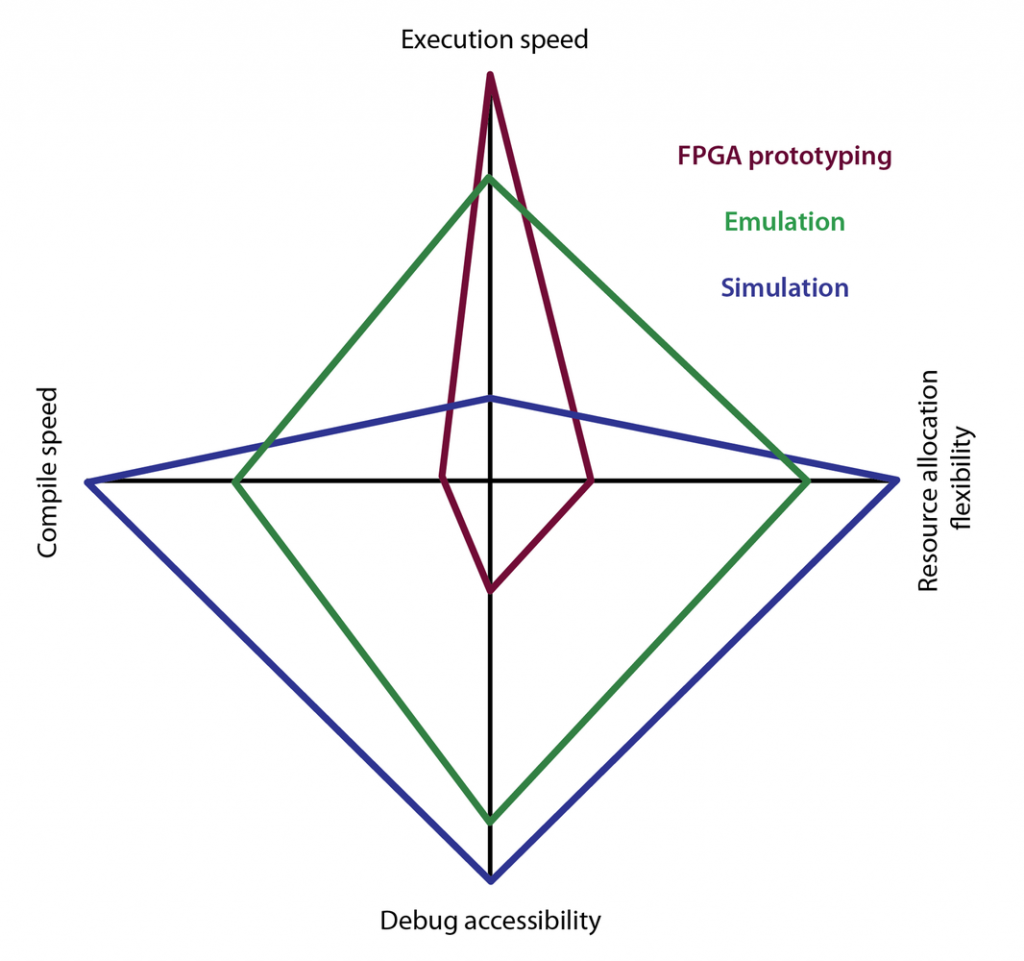
Your best bet is to learn to write really good testbenches and verify your modules using code rather than trying to simulate an entire board. You could simulate a board by using C co-simulations, I don't know how it would work properly but you'd need to be a pretty decent coder in both RTL and C to do this, and I don't know of any existing ones. However that isn't simulating a board, there's no handy GUI with some fake LEDs on that light up when you output to the correct pin, or buttons you can click to fake a button press, etc. You can hook view the "waves" in the simulator to see what each signal is doing over time. ), and can optionally verify the outputs. These simulators execute a testbench which is another bit of code written in verilog or VHDL that stimulate the input signals to a design (clock, reset, buttons. For now just use the one that comes with Quartus, or the standalone version of modelsim. There's a bunch of others but I think they all require paid licences. There's also gtkwave which is open source. You can also use the stand alone version of modelsim for free. As the other commentators have stated, you can use the one that comes with Quartus which is based on modelsim. In digital design we simulate designs using a simulator.

An easy-to-use and unified environment provides FPGA designers the advanced capabilities they need for debugging and simulation. The answer to that is no, but you could if you put enough work into it. Comprehensive support of Verilog, SystemVerilog for Design, VHDL, and SystemC provide a solid foundation for single and multi-language design verification environments. You're asking if you can simulate an FPGA dev board, specifically the DE1.


 0 kommentar(er)
0 kommentar(er)
